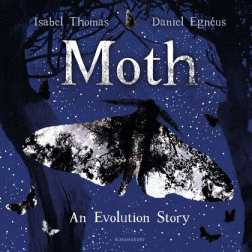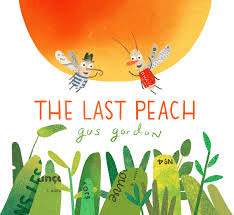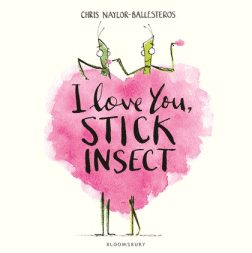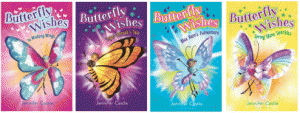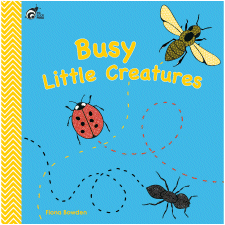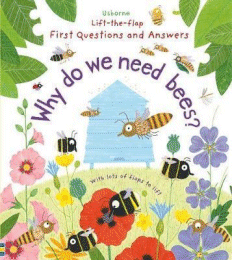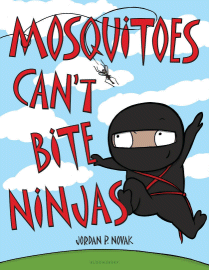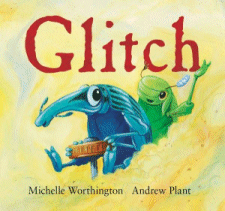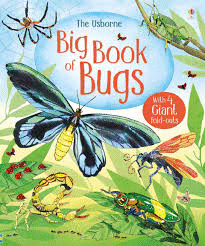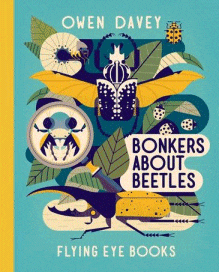
Bonkers About Beetles
Bonkers About Beetles
Owen Davey
Flying Eye Books, 2018
40pp., hbk., RRP $A27.99
9781911171485
The fourth book in Owen Davey’s series about the creatures on our planet focuses on the 400 000 different species of beetles which are found all over the world with the exception of Antarctica.
As with Mad About Monkeys, Smart About Sharks, and Crazy About Cats young, independent readers can use the clear layout, short paragraphs and accessible language to discover more about these insects. Although it is illustrated with pictures and diagrams rather than photographs, nevertheless these are clear and easy to understand, with all sorts of amazing information.
While several species are put in the spotlight including fireflies and their strange luminescence, and the common, much-loved seven-spot ladybird, Davey covers all sorts of aspects of the beetles’ lives ranging from their camouflage to their place in mythology to their contribution to ecosystems, the impact of human activity and their conservation. There are even instructions for building a bug hotel which could make for interesting on the spot observations and investigations in the school playground.
Even though the retro, subdued palette might not appeal at first, this is an excellent series for anyone wanting to get up close and personal with those things that inhabit our planet.
